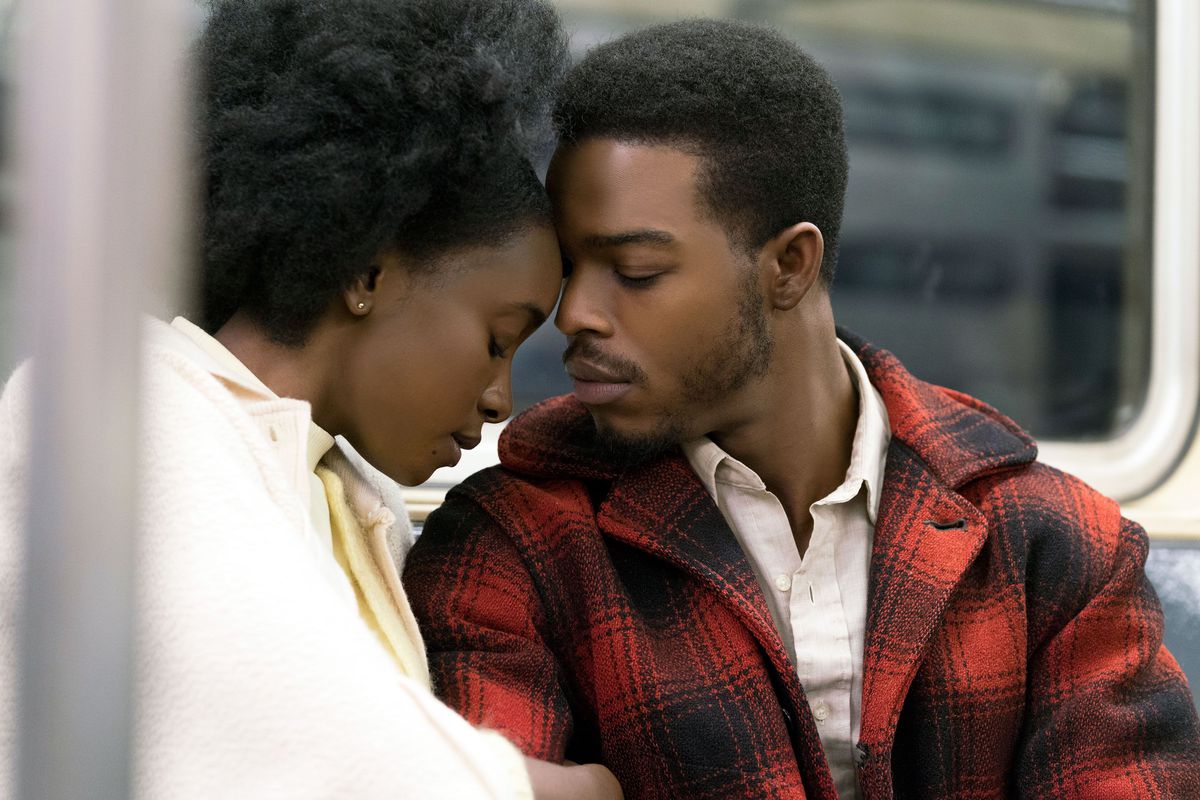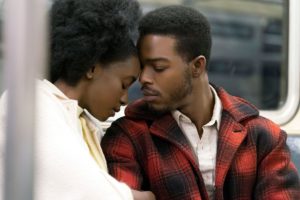The Best of Enemies
Posted on April 4, 2019 at 5:30 pm
B +| Lowest Recommended Age: | Middle School |
| MPAA Rating: | Rated PG-13 for thematic material, racial epithets, some violence and a suggestive reference |
| Profanity: | Strong language including racist epithets |
| Alcohol/ Drugs: | Alcohol, cigarettes |
| Violence/ Scariness: | Peril and violence including racist attacks |
| Diversity Issues: | A theme of the movie, including racial and disability issues |
| Date Released to Theaters: | April 5, 2019 |
| Date Released to DVD: | July 1, 2019 |

The biggest divide in this big, divided world is not between people of different races or religions or political beliefs; it is between people who have different ideas of who is “us” and who is “them.” “The Best of Enemies” is based on the true story of C.P. Ellis (Sam Rockwell), a white supremacist and the Grand Exalted Cyclops (president) of the local chapter of the Klu Klux Klan, and Ann Atwater (Taraji P. Henson), a black woman who was a community activist working for civil rights and economic justice.
In 1971, Ellis and Atwater were appointed co-chairs of a charette, a dispute resolution mechanism used to resolve complicated community disagreements. Originally developed for land use debates among parties with multiple and varied interests, it was adapted for other kinds of issues by Bill Riddick, played in this film by Babou Ceesay.
Ellis and Atwater lived in Durham, North Carolina. Seventeen years after the Brown v. Board of Education decision by the Supreme Court that segregated schools were unconstitutional, the Durham schools were still divided. When the school attended by the black children burned down, the city had to decide whether to let them attend the school the white children were attending. The court did not want to deal with it, so they asked Bill Riddick to see if he could get the community to come to some agreement.
Ann Atwater worked for Operation Breakthrough but it was more than a profession; it was her calling. We first see her arguing on behalf of a young woman whose apartment is uninhabitable. And throughout the film we see that her entire life is one of advocacy and generosity. Everyone she meets is either someone to be protected or someone to help her protect others. Her sense of “us” encompassed the world.
C.P. Ellis ran a gas station. He loved his family, including a disabled son who lived in a residential facility. The Klan made him feel respected and important. He created an outreach program to bring teenagers into the Klan. And he organized outings like the time they shot up the home of a young white woman coming home from a date with a black man.
He agrees to co-chair the charette because he believes that anyone else who got the position would cave. And there are those in the town who would never associate with the Klan but who are glad to support them in private.
Rockwell and Henson make Ellis and Atwater into fully-developed, complex characters. There’s a world of history in the way Henson walks as Atwater, shoulders hunched, hitching her hips along. In one scene where she reprimands young black boys for tearing down a KKK hood on display, and then straightens it herself after shooing them away, the expression in her eyes speaks volumes about what she has seen. And when we see the patience and tenderness Ellis has for his disabled son, we get a sense of all he thinks has been taken from him and how much it matters to him to hold on to something that makes him feel powerful.
This is a thoughtful, sincere drama, beautifully performed with a touching conclusion, first of the story itself, and the small acts of kindness that make “thems” into “us-es,” and then with the footage of the real-life Atwater and Ellis. When she takes his arm to help him walk out of the room, our own us-es get a little larger, too.
Parents should know that this movie deals frankly with issues of bigotry and racism including attacks by the Klu Klux Klan. It includes some strong language with racist epithets and a sexual reference. Characters drink and smoke and there are violent, racially-motivated attacks.
Family discussion: What did Atwater and Ellis have in common? Why did she help his son? Why did she tell the boys not to take down the KKK hood? Who is the Ann Atwater in your community and what are the issues?
If you like this, try: the book by Osha Gray Davidson and the 2018 Oscar winner for Best Picture, Green Book

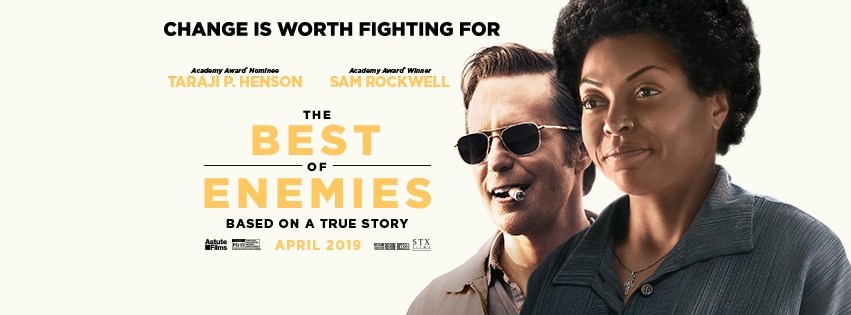
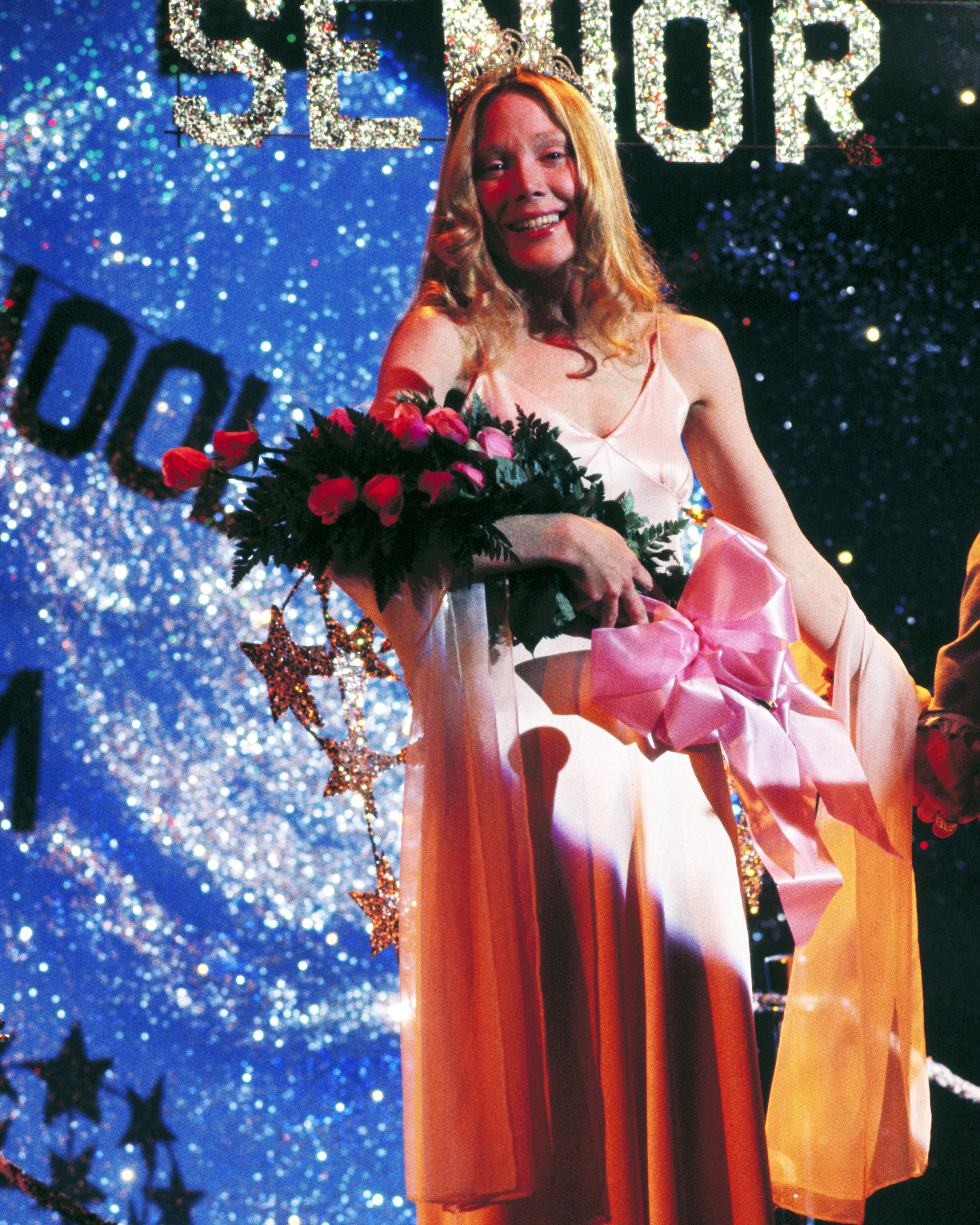



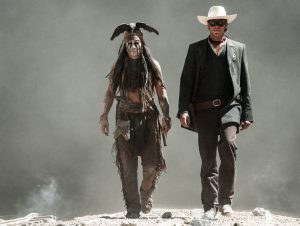 It wasn’t that long ago that Native American characters in film were played by actors of other races, including Burt Lancaster, Audrey Hepburn, Anthony Quinn, Burt Reynolds, Johnny Depp, and Elvis Presley. Depictions are often wildly inaccurate, from the most basic details of dress, ceremony, culture, and history.
It wasn’t that long ago that Native American characters in film were played by actors of other races, including Burt Lancaster, Audrey Hepburn, Anthony Quinn, Burt Reynolds, Johnny Depp, and Elvis Presley. Depictions are often wildly inaccurate, from the most basic details of dress, ceremony, culture, and history.